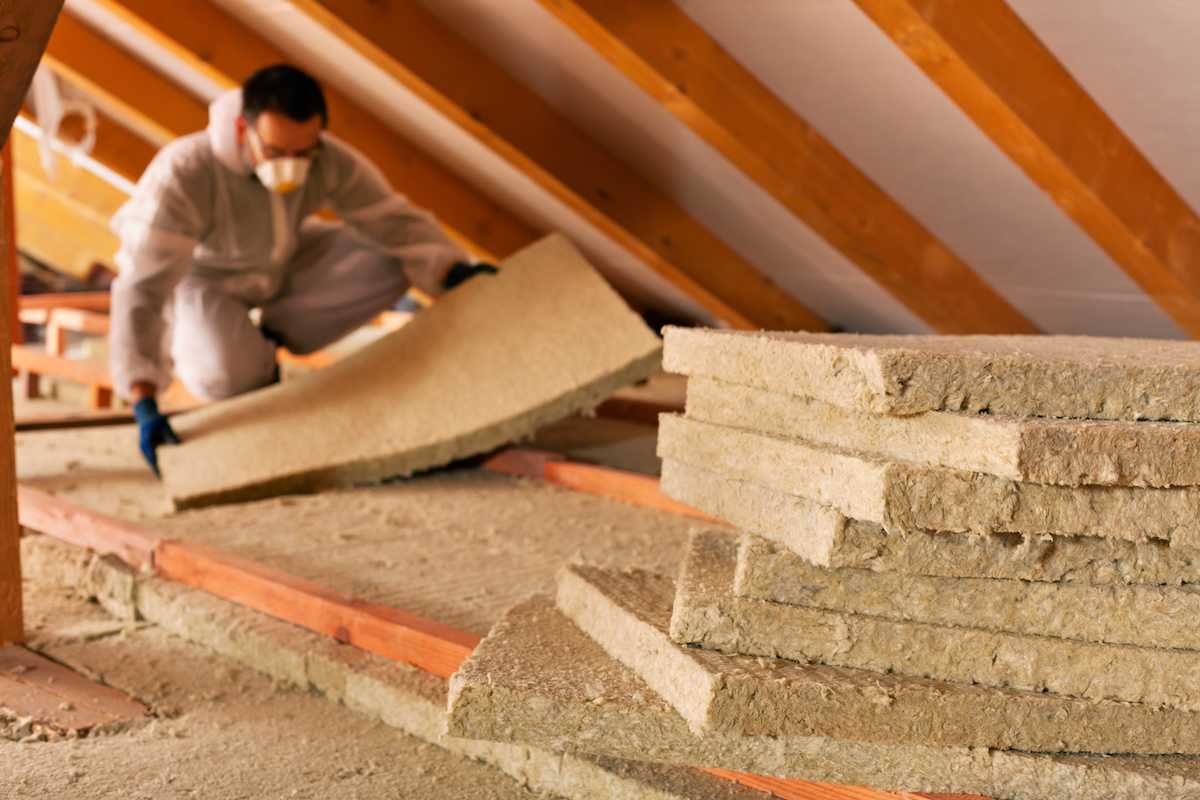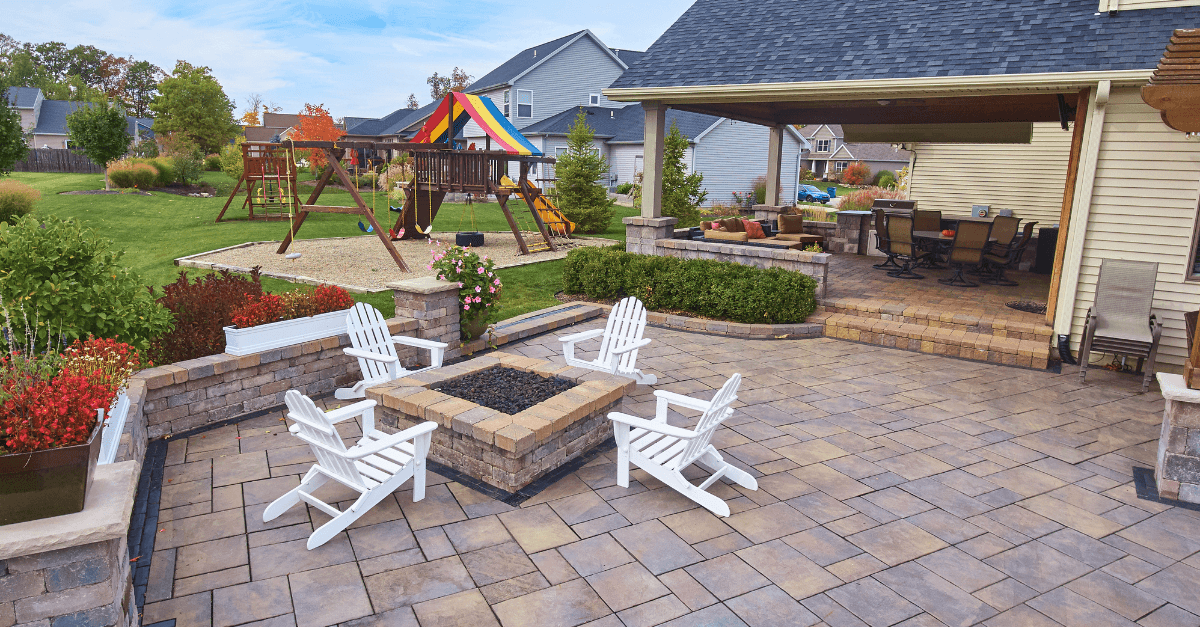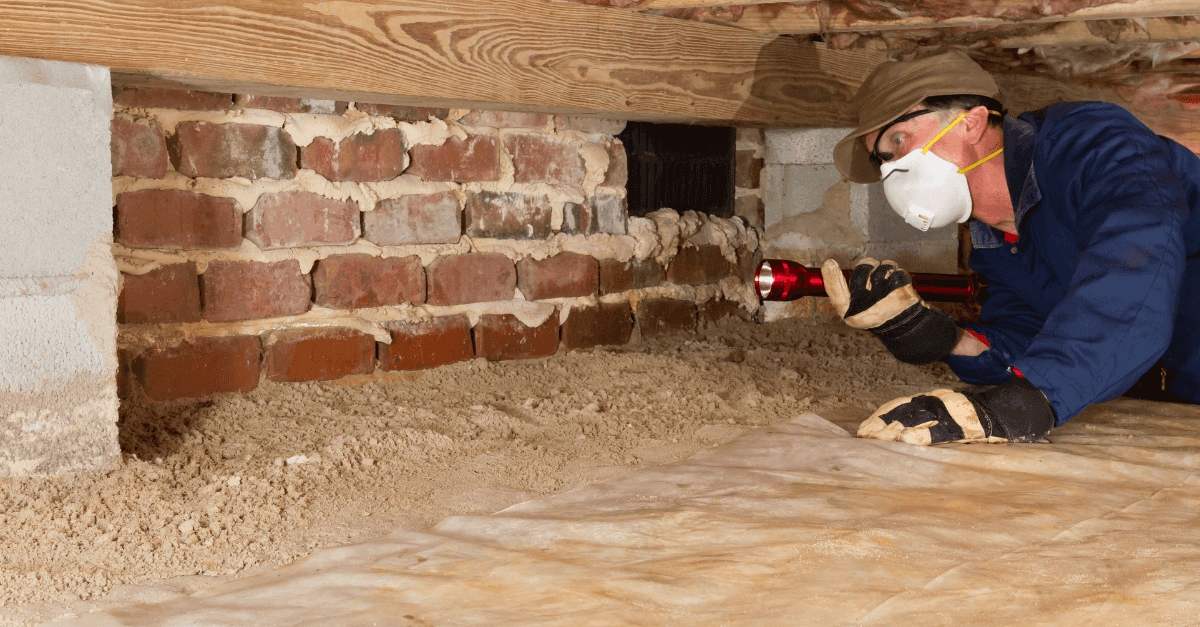Maximize Your Energy Savings: Top 6 Cost-Effective Home Upgrades for All-Season Efficiency

Making energy-efficient repairs to your home is a great way to save money on utility bills and increase the overall comfort of your living space. With the right upgrades, you can enjoy significant cost savings in all seasons, and many of these repairs are relatively simple to implement. Here are some of the top energy-efficient repairs you can make to save money in all seasons, along with data on cost savings.
Insulate your home
One of the most effective ways to improve energy efficiency and reduce energy costs is to properly insulate your home. This will help keep heat in during the winter and out during the summer, which can result in significant cost savings on your energy bills. According to the Remodeling Magazine’s Cost vs. Value Report, insulating your home can result in a return on investment (ROI) of 107%.
Install energy-efficient windows
Another way to improve the energy efficiency of your home is to install energy-efficient windows. These windows are designed to reduce heat transfer and keep the temperature inside your home consistent, which can result in cost savings on your energy bills. According to the U.S. Department of Energy, you can expect to save up to $465 per year by installing energy-efficient windows.
Upgrade your lighting
If your home is still using incandescent light bulbs, it’s time to upgrade to LED lighting. LED bulbs are more energy-efficient and last much longer than traditional incandescent bulbs, so you’ll save money on energy bills and on replacement costs. According to Energy.gov, replacing just five incandescent light bulbs with LED bulbs can save you $75 per year.
Install a programmable thermostat
Installing a programmable thermostat is another way to save money on energy costs. These thermostats allow you to set the temperature in your home at different times of the day and night, so you’re not wasting energy heating or cooling your home when you’re not there. According to the U.S. Department of Energy, you can expect to save up to $180 per year by installing a programmable thermostat.
Seal your home
Sealing your home against air leaks is another way to improve energy efficiency and reduce costs. This involves locating and sealing areas where air can escape or enter your home, such as around windows, doors, and electrical outlets. This simple step can help keep your home more comfortable and reduce your energy bills by up to 20%, according to Energy.gov.
Replace your HVAC system
If your heating and cooling system is more than 10 years old, it may be time to replace it with a more energy-efficient model. New HVAC systems are designed to be more efficient, so they use less energy and cost less to operate. According to Energy.gov, you can expect to save up to $200 per year by upgrading to a more energy-efficient HVAC system. And, even if your system is newer, make sure it’s serviced at least once a year to ensure it works as it should.
In conclusion, there are many energy-efficient repairs you can make to your home to save money in all seasons. By properly insulating your home, installing energy-efficient windows, upgrading your lighting, installing a programmable thermostat, sealing your home, and replacing your HVAC system, you can expect to see significant cost savings on your energy bills. Not only will you be saving money, but you’ll also be doing your part to reduce your carbon footprint and make your home more comfortable and sustainable. These data sources provide a rough estimate of the cost savings you can expect to see from each upgrade, but the exact savings will depend on a variety of factors, such as the size of your home and your local climate.


